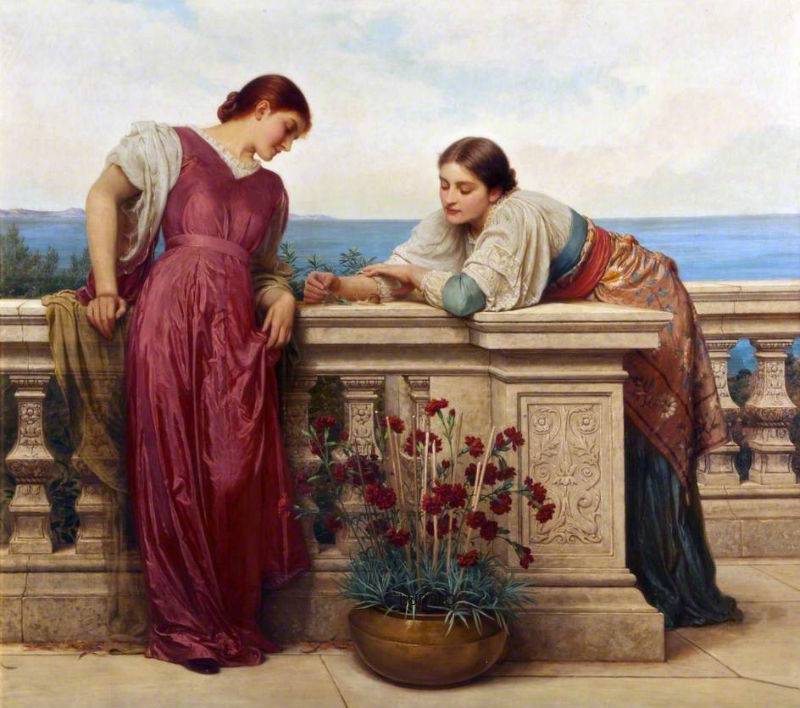Reading visual art: 126 Snail

While the humble garden snail is common throughout Europe, it’s quite unusual in paintings and easily overlooked in their reading. Where they do occur, they add the detail of authenticity, and often meaning disproportionate to their size.
With their everyday association with decaying leaves, and their legendary slowness in motion, they have become associated with both the passing of time and death, making them an occasional device in Vanitas paintings expressing the futility of everyday life.
Gerard ter Borch (1617–1681) and Gesina ter Borch (1633–1690), Memorial Portrait of Moses ter Borch (1645-1667) (1667-69), oil on canvas, 76.2 x 56.5 cm, Rijksmuseum Amsterdam, Amsterdam, The Netherlands. Wikimedia Commons.
In Gerard ter Borch and his half-sister Gesina’s Memorial Portrait of Moses ter Borch (1645-1667), commemorating the death of their younger brother Moses, a snail is seen alongside fungal decay and withering flowers.
Johann Amandus Winck (1748–1817), Flowers and Fruits on a Stone Ledge with Butterflies and Mice (1804), oil on cradled panel, 31.1 x 45.7 cm, location not known. Wikimedia Commons.
Painted in 1804, Johann Amandus Winck’s magnificent still life of Flowers and Fruits on a Stone Ledge with Butterflies and Mice deploys two butterflies, a housefly, a mouse and a snail-shell, perhaps as a gentle reminder of Vanitas.
Richard Westall (1765–1836), Faust and Lilith (1831), oil on canvas, 248.4 x 174 cm, location not known. Wikimedia Commons.
Richard Westall’s painting of Faust and Lilith from 1831 refers to the witches’ Sabbath in Goethe’s Faust, first published in English translations during the previous decade. A beautiful and very naked young Lilith is cavorting with Faust, as a thoroughly malevolent Mephistopheles looks on from the left. Behind are orgiastic scenes set on the mountain. Westall marks the evil of the occasion with a snake, snail and lizards in the left foreground.
Later in the century the snail was viewed more benignly, and used to indicate the passage of time.
Charles Edward Perugini (1839–1918), Dolce Far Niente (1882), oil on canvas, dimensions not known, Walker Art Gallery, Liverpool, England. The Athenaeum.
In 1882, Charles Edward Perugini was the first artist to pose two beautiful women in his depiction of whiling time away in Dolce Far Niente. In their idleness these two are enticing a snail with a fragment of leaf.
Snails have also been associated with their unusual tactile sensation on the skin.
Juan de Arellano (1614–1676) (workshop), An Allegory of the Sense of Touch (date not known), oil on canvas, 106 x 165 cm, Private collection. Wikimedia Commons.
Juan de Arellano’s workshop painted An Allegory of the Sense of Touch probably around 1640-50. It contains an unusual catalogue of distinctive sensory stimuli, including snails, massively enlarged tics, a tortoise, and a spider’s web, with a couple of black spiders suspended from it.
Finally, they’ve been used to add authenticity to paintings making the transition from still life to nature.
Nicolaes de Vree (1645–1702), A Forest Floor Still Life with Flowering Plants and Butterflies (date not known), oil on canvas, 112 x 88.5 cm, location not known. Wikimedia Commons.
Nicolaes de Vree’s undated Forest Floor Still Life with Flowering Plants and Butterflies from the latter half of the seventeenth century is a fine example of a painting heading beyond the normal still life to depict a more natural scene. It does so with the aid of the humble garden snail.

